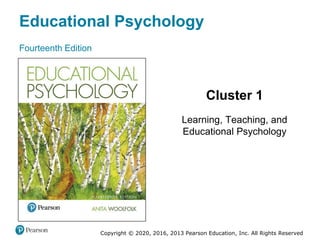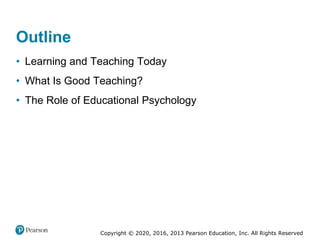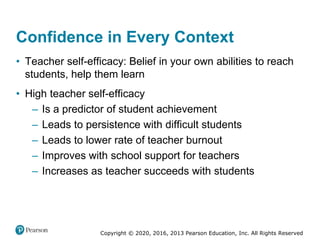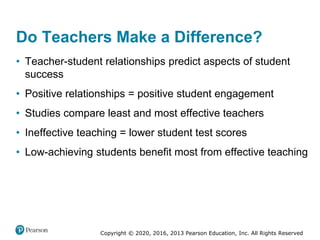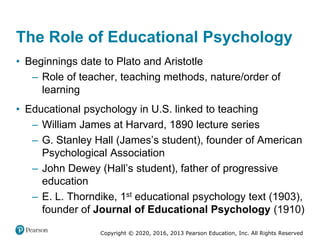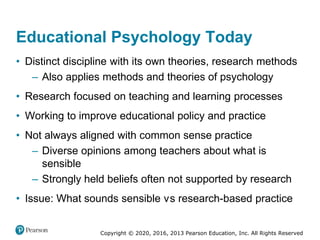This document discusses educational psychology and research methods. It covers key topics like No Child Left Behind, effective teaching, research approaches, and the role of educational psychology. The document outlines that educational psychology aims to understand learning processes and improve policy/practice through various research methods. Both qualitative and quantitative research are used to explore teaching and learning.
